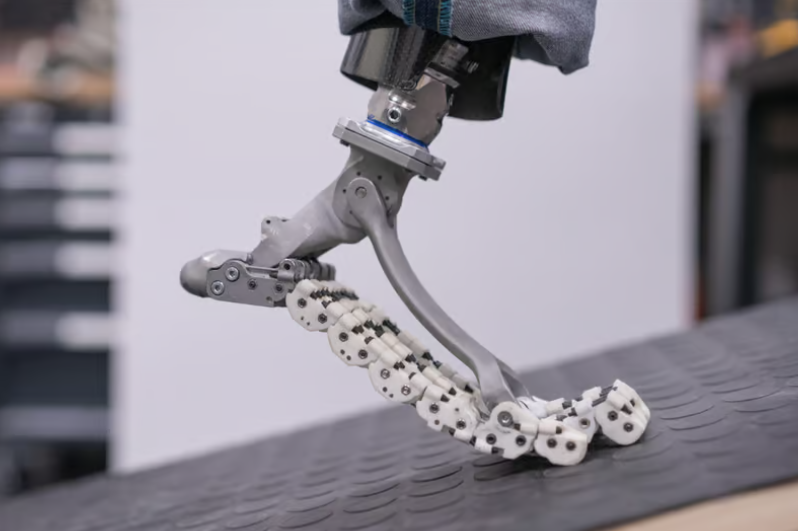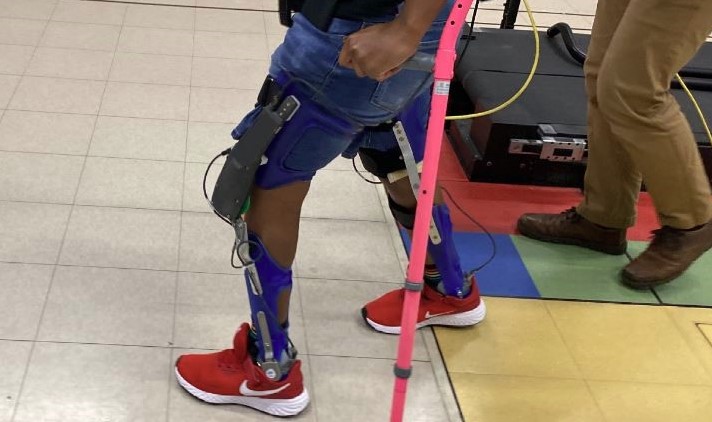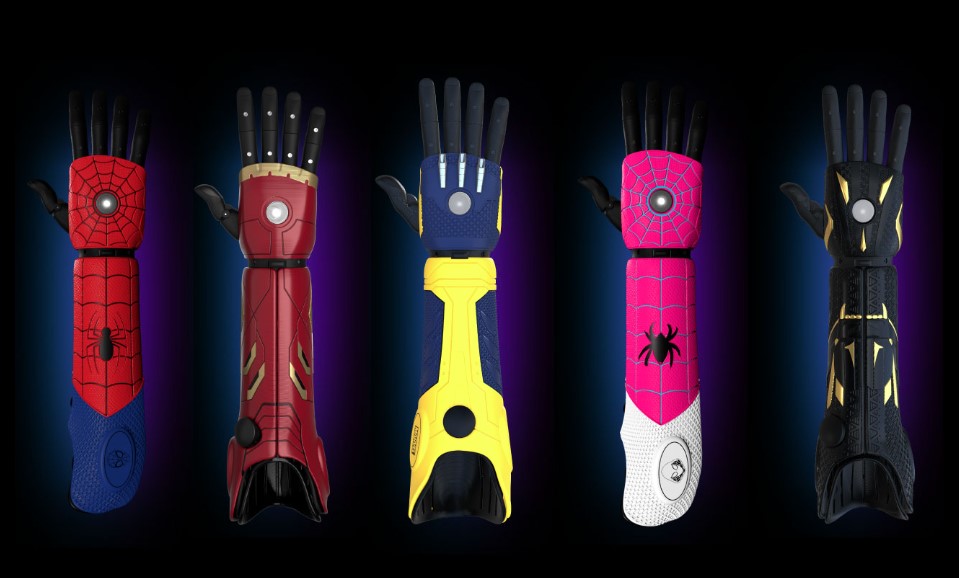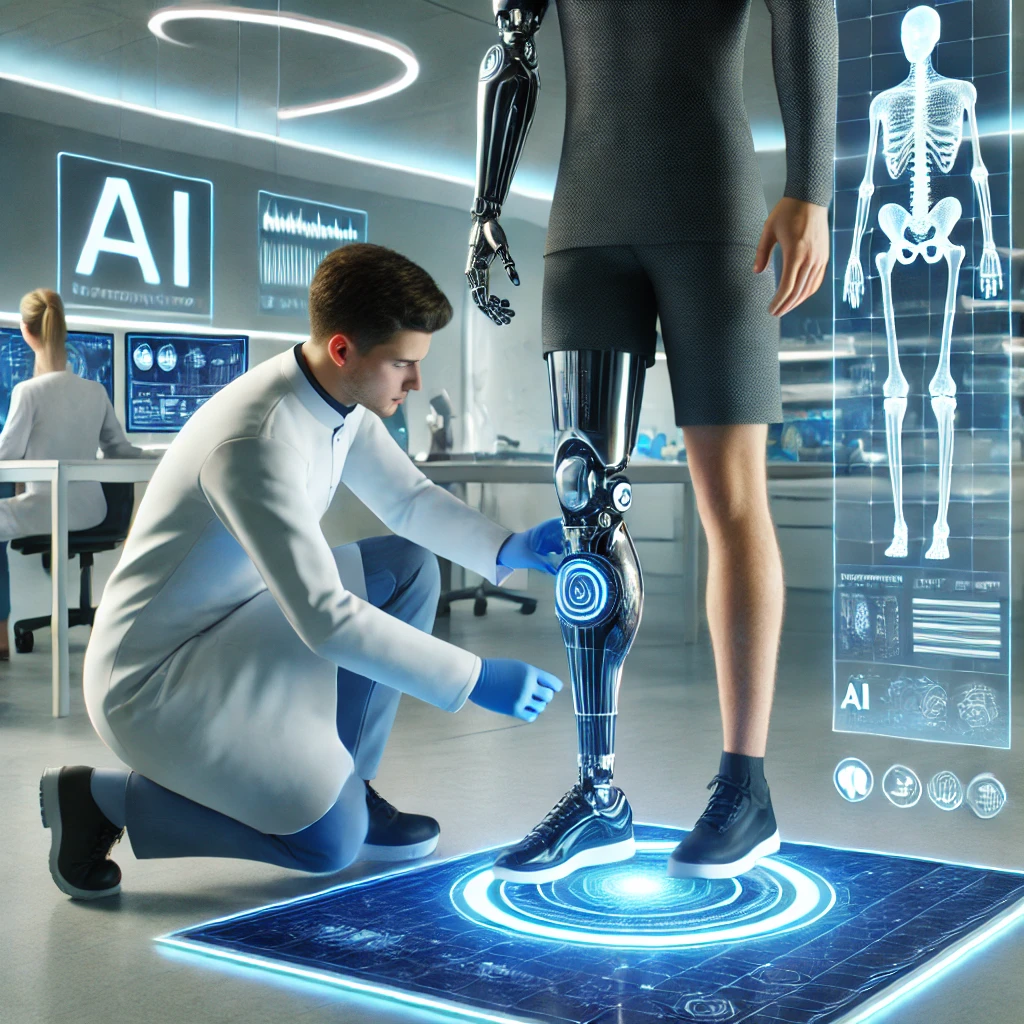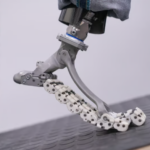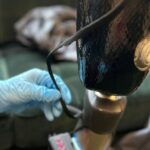Now Reading: Revolutionary Neural Interface Brings Bionic Limbs Closer to Reality
-
01
Revolutionary Neural Interface Brings Bionic Limbs Closer to Reality
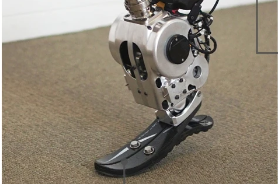
Revolutionary Neural Interface Brings Bionic Limbs Closer to Reality
A groundbreaking neural interface developed by researchers at MIT is offering amputees a more natural way to control prosthetic limbs. Unlike traditional prosthetics that are often bulky and difficult to maneuver, this advanced technology directly links bionic limbs to the remaining nerves in the user’s thigh, allowing the prosthetic to be controlled by the brain. The result? A more intuitive and lifelike experience for amputees, making the prosthetic feel like a real part of their body.
Hugh Herr, a renowned MIT biophysicist who lost both lower legs in a climbing accident, is leading this research. For Herr, the emotional and psychological impact of the neural connection is just as significant as the physical improvements. “When you ask a patient, ‘What is your body?’ they typically don’t include the prosthesis,” Herr explains. But with this new interface, many patients feel like they have their lost limb back, enhancing not only their mobility but also their sense of self.
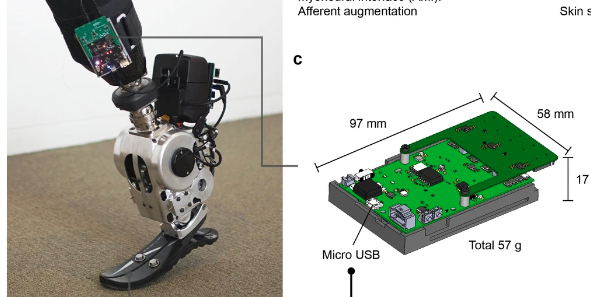
The procedure involves two key steps. First, surgeons reconnect the patient’s remaining muscle groups to restore natural ankle movement. This not only improves control of the prosthetic but can also reduce phantom-limb pain and enhance balance. Para-athlete Amy Pietrafitta, who underwent the surgery in 2018, shares how the technology has transformed her life: “I feel like I have my leg back.”
In the second step, surface electrodes are attached to measure nerve signals sent from the brain to the calf and shin muscles. A small computer within the bionic limb translates these signals into movement, allowing the prosthetic to function in harmony with the user’s intentions. “Just like a biological limb, patients can now walk up and down stairs without thinking about it. It’s involuntary,” Herr notes. The difference is that this limb is made of titanium and silicone.
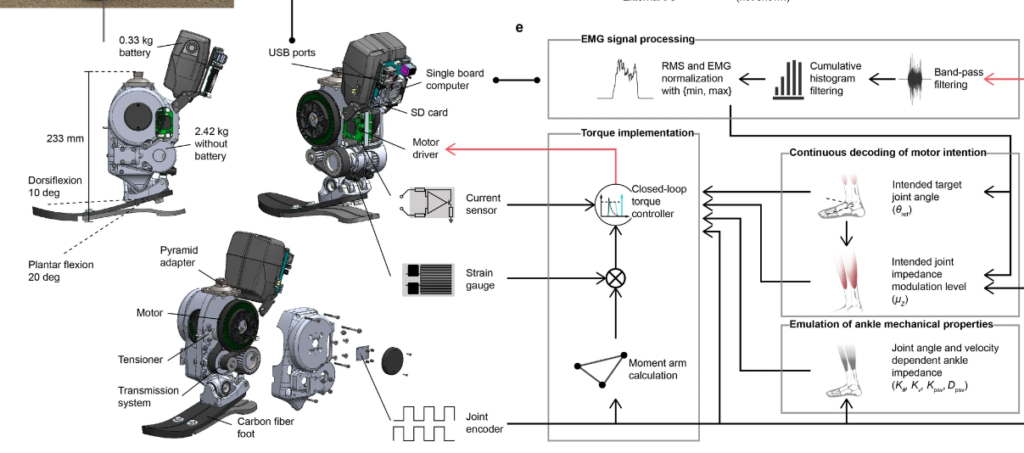
Initial trials of this neural interface show remarkable results. Users experienced a 41% increase in walking speed and showed improved mobility on slopes and stairs, as well as better overall balance and agility compared to conventional prosthetic users. Perhaps most significantly, patients reported a stronger connection to their bionic limb, viewing it less as a tool and more as part of their body.
While the surface electrode technology is still in development, with clinical availability expected in a few years, Herr’s team is already planning improvements. These include replacing the electrodes with magnetic spheres for even greater precision. The ultimate goal? To “reconstruct and rebuild bodies” – restoring not just physical function, but the deep psychological connection between people and their prosthetic limbs.
If you are interested in reading the full publication: https://www.nature.com/articles/s41591-024-02994-9
Images: From research publication https://www.nature.com/articles/s41591-024-02994-9

